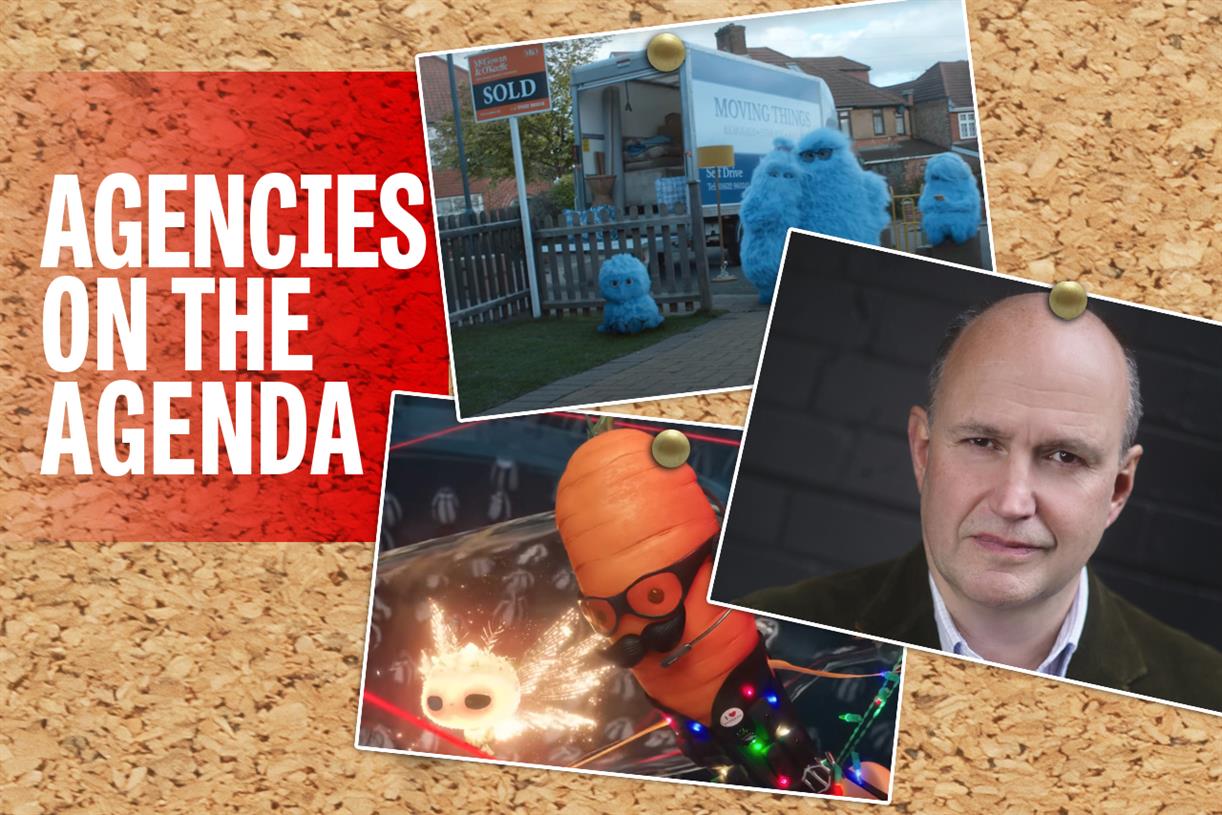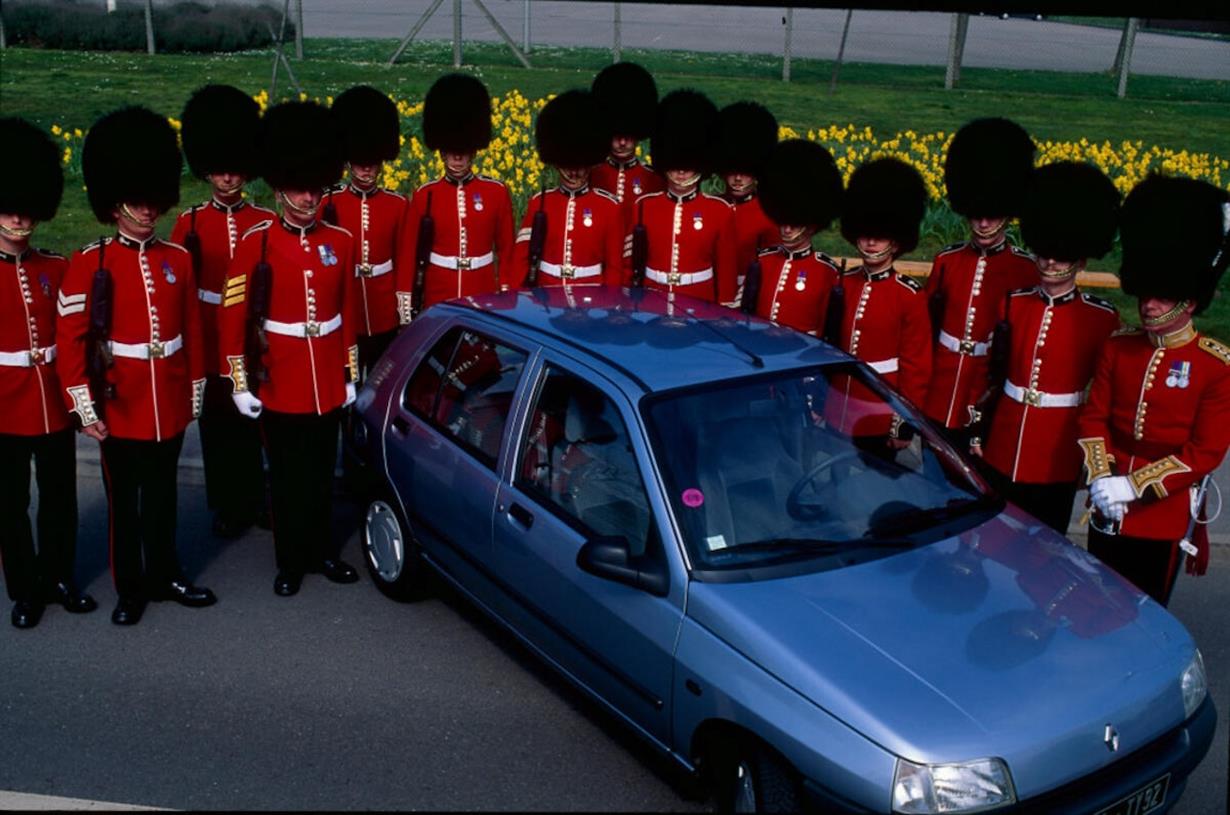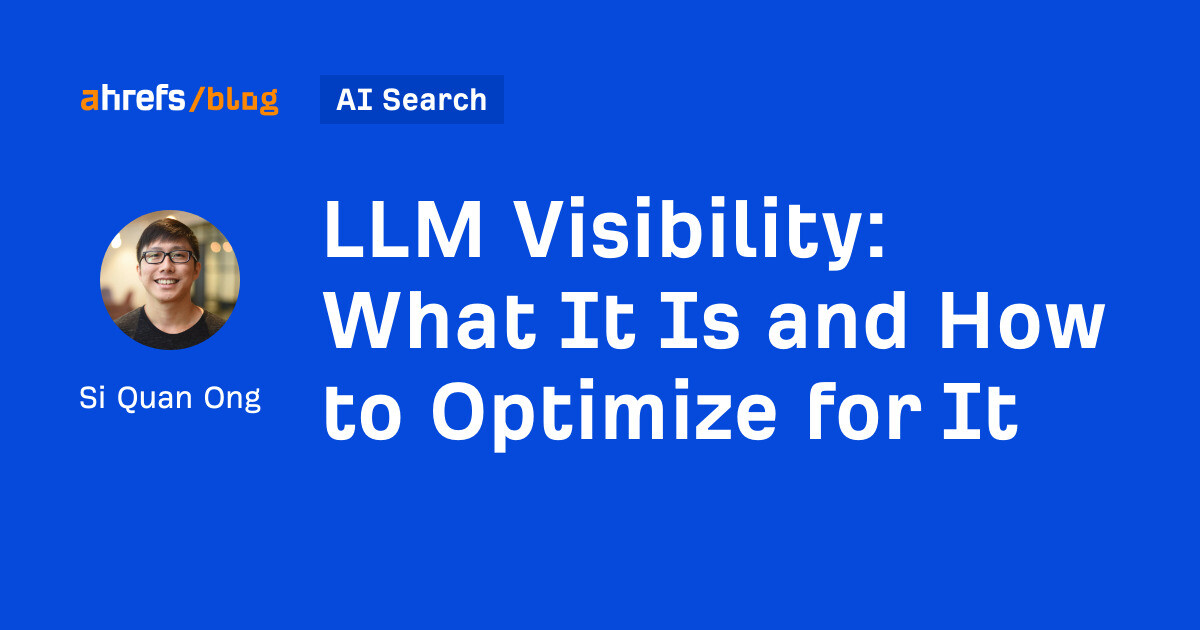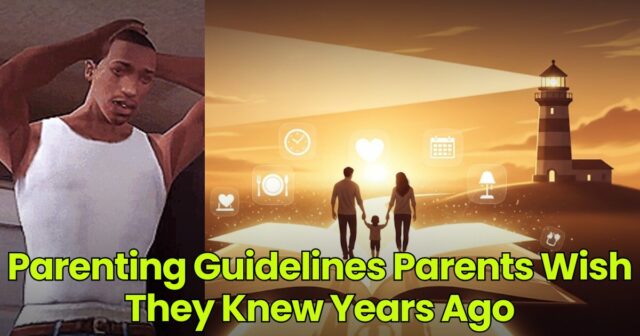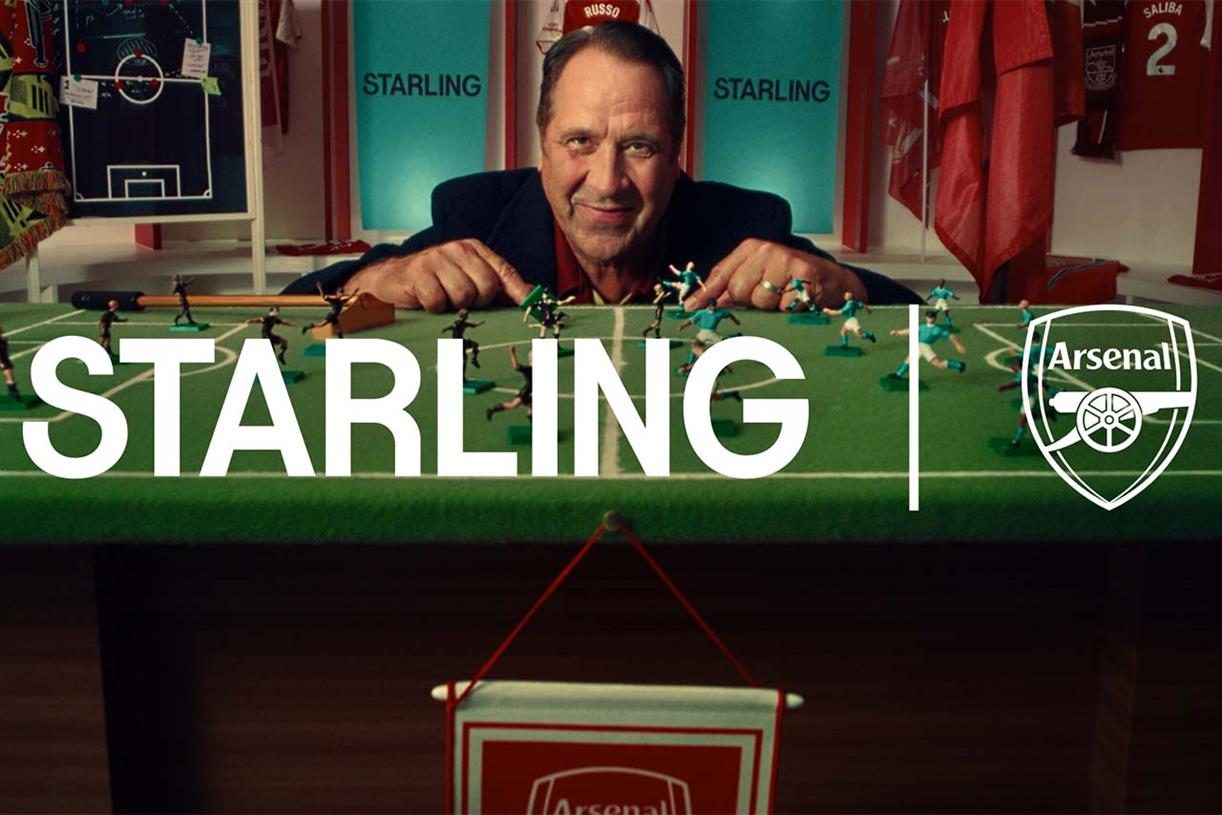HBCU brand deals are on the rise—what marketers are getting right and wrong
Enrollment in Historically Black Colleges and Universities is rising and brands are striking more marketing deals, but experts say the industry could do more.

Enrollment in Historically Black Colleges and Universities is rising and brands are striking more marketing deals, but experts say the industry could do more
Historically Black Colleges and Universities are in high demand in the ad industry as brands and agencies continue to navigate how to create more diverse and inclusive cultures. But those looking to strike deals with HBCUs have to do their part—by proving they are truly committed to the cause.
“Over the last couple of years, there’s been so much interest it’s hard to keep up,” said Sheryl Johnson, an associate professor for the department of strategic, legal and management communication at Howard University in Washington, D.C, one of the country’s leading HBCUs.
Johnson said since there have been so many advertisers and marketers wanting to partner with Howard recently, the university has had to be more selective over which to engage. She said the school will only work with partners that show a clear commitment to supporting diverse employees once they’re hired.
Brand interest in HBCUs began surging in 2020 after the police killing of George Floyd spurred momentum in the Black Lives Matter movement, putting pressure on marketers and agencies to diversify their staff and marketing, while making more ad buys with Black-owned media.
HBCUs, in turn, are outperforming other colleges and universities in recruitment. Since the pandemic, undergraduate numbers have fallen 10% across the country, but applications for HBCUs are up 30% as top high school students are making these colleges their No. 1 choice.
This has spurred a flurry of deals with HBCUs: ad agencies and holding companies are working with these schools in recruitment efforts; brands such as Ralph Lauren and Nike are creating products alongside HBCUs and their alumni; and a slew of companies are tapping HBCU student-athlete to serve as brand ambassadors.
Part of the ad industry’s diversity problem was pinned on the fact that many marketers and advertisers had focused most of their recruiting and sponsorship efforts on traditional ad portfolio schools, where students are predominantly white.
Johnson said she’s seen an influx of partnership requests from ad agencies directly, which have extended internship and entry-level job opportunities to students and graduates, as well as had executives come speak in classes and participate in career fairs.
For example, Omnicom partnered with Howard University's Cathy Hughes School of Communications last fall to provide learning and recruiting opportunities. The holding company sponsored the university’s CapComm Lab, a 12-week course that gives students practical experience working at an ad and PR agency, and had more than 15 of its executives guest lecture in classrooms and provide real examples of how to service clients.
Omnicom said it would continue its partnership with Howard University in 2023.
Ad Age's The Wellness Revolution
In-person event March 7 in New York offers an inside look at brands leading the charge
But these efforts can only go so far. One big criticism of the ad industry is that even if it does recruit diverse talent, it doesn’t always make them feel supported or like they have a path toward moving into upper management and C-suite roles.
“Companies should have a well thought out plan once diverse students are hired,” Johnson said, “a plan to scaffold and support them in the company. They should provide a roadmap on how they can ascend to mid- and senior-level positions.”
According to the Association of National Advertisers’ 2022 diversity report, just 6.5% of all its marketing members are Black and just 5% of its chief marketing officers are Black.
Not doing enough
There’s also some skepticism about how brands are engaging HBCUs.
“You have advertisers doing $100 billion in revenue, spending hundreds of millions on advertising,” said media mogul Byron Allen, founder, CEO and chairman of media company Allen Media Group, which has been growing rapidly since 2015 through acquisitions of properties including The Weather Channel and TheGrio, a TV network dedicated to serving Black Americans. “Some of these people will send an HBCU a small $25,000 check say, ‘yeah, yeah, we’re good.’”
Allen Media Group recently struck a deal with CBS to have its new streaming platform for HBCU sports games, HBCU Go, broadcast across its stations in key markets including New York and Los Angeles. HBCU sports games only started getting more airtime in the past year, compared to schools from athletic conferences like the Big 10 and SEC that have had their games broadcast for decades.
Allen said he’s negotiating with major advertisers on media buys across these games and believes these companies are only truly committed to helping HBCUs if they devote 15% of their total marketing budgets to Black-owned media such as HBCU Go; something many have not done.
He said he’s been adamant that HBCU Go will not be partnering with any measurement companies such as Nielsen, as the games couldn’t possibly achieve the same ratings as games played in non-HBCU conferences that have been getting media attention for years.
Allen said the lack of measurement is causing some advertisers to try to “put up the smallest amount of money they possibly can,” which he said he’ll fight in lawsuits if it comes to it. Allen is not shy about taking legal action against big corporations; his $10 billion suit against McDonald’s accusing it of “racial stereotyping” for not advertising with Black-owned media is moving forward in the courts.
“You can’t say to Black-owned media, which you excluded and neglected for over 100 years, ‘I need you to act like white-owned media,’” Allen said.
Van Sapp, the dean of Saint Augustine’s University’s school of business, management and technology, and former PepsiCo senior VP, said he sees firsthand how little investment marketers and advertisers are making in HBCUs.
“We’re the rocketship still trying to get off the pad. I haven’t seen any gigantic, very transformational resources or funds coming into HBCUs,” Sapp said. “I would say we’re still building.”
Sapp is a board member for the ANA’s “Give the Gift of ANA University Membership Program,” in which ANA members can donate a membership to an HBCU of their choice so that these schools can have access to all the training and conferences that the organization’s advertisers and marketers have. As such, he advises the ANA and its members on how best to work with HBCUs.
Sapp said marketers need to do a better job marketing themselves to HBCU students; building relationships with them and providing scholarships and the practical skills they’ll need to succeed in advertising for them to even want to work in the industry. As it stands now, he said he hasn’t seen a dramatic uptick in St. Augustine’s graduates getting hired at marketing firms like he has across other industries such as finance in recent years.
“You have to create a relationship,” Sapp said. “As anyone in marketing and sales knows, you don’t automatically get a sale or achieve your goals when you first do something. There are a lot of people who come here who think because of who their company is they will automatically get the best people; it doesn’t work like that. Loyalty marketing is all about long-term relationships. Why would you think it’s different here?”
NIL deals
Beyond diversifying internally and their media buys, brands have also been looking to foster more representation in their marketing initiatives, specifically with the ambassadors and influencers they work with. To this end, changes to so-called name, image and likeness rules in July 2021, which allows for student-athletes to monetize their name, have presented new ways for marketers to find more diverse brand ambassadors—and they have turned to HBCUs to strike deals with their athletes.
For example, the WWE signed its first NIL with HBCU athlete KeShaun Moore, a linebacker from Hampton University, and sports equipment company Spikeball inked several NILs with HBCU athletes last year.
Allen said such initiatives help lift Black Americans and the entire country.
“It’s amplifying their careers, their brands, it’s helping the schools to have a better ecosystem and educate kids in America, which is better for America,” he said.
Still, there are questions surrounding the investments brands are making in NILs with HBCU athletes versus athletes at other schools.
Sapp said he’s heard that the average NIL deal brands are offering to HBCU athletes is a fraction of what athletes at other universities are offered. “Some guys, just like the pros, get the big contracts and everyone else gets the ‘in-kind deals,’” he said.
All HBCUs are currently ranked as non-Power 5 Division schools. Hence, their athletes across all sports including football and basketball receive about $5,600 on average annually from NILs, compared to $16,000 for Power 5 athletes, according to NIL deal marketplace Opendorse. The Power 5 division encompasses what are considered the most elite athletic colleges and universities and currently includes 65 schools. including Syracuse University, UCLA and West Virginia University.
Some advertisers have been stepping up corporate sponsorships of HBCU athletic departments in other ways.
Procter & Gamble said it would be taking several steps to drive more partnerships with HBCUs in 2023 including increasing its brand and corporate presence at key HBCU events including homecoming and sports games.
Cricket Wireless has been inking corporate sponsorship deals with HBCUs since 2018, first with the Southwestern Athletic Conference sponsorship, and has been adding schools since; expanding to include the Southern Intercollegiate Athletic Conference (SIAC) in 2022.
“The HBCU sponsorship wasn’t just a ‘let’s pick a standard sponsorship package and plug Cricket in,” said Tony Mokry, Cricket Wireless VP and chief marketing officer. “It was an intentional approach to follow our strategy that 'Cricket Wireless helps you unleash your ingenuity.’ The success of the partnership and Cricket's long-term investment has helped attract other brands to sponsor HBCU events.”
Mokry said Cricket Wireless also hired film director Ewurakua Dawson-Amoah to produce a series of commercials starring HBCU graduates in 2021, including “Horizon,” that aired during HBCU games and at the BET Hip Hop Awards that year.
Related: Barstool CEO talks NIL, future of live sports
Aflac donated $75,000 to the Jackson State University Athletic Department for professional development in 2021, as well as $25,000 in April 2022 as a supporting partner of former Jackson State head football coach Deion Sanders' football camp, which was featured in the insurance company’s "Believe" commercial. Aflac donated another $125,000 to Jackson State in 2022 and plans to continue its support in 2023.
Nissan started expanding its college sponsorships to HBCUs in 2015 and, as of 2022, encompasses seven such schools such as Howard University, Jackson State University and Tennessee State University. It also expanded its Nissan Heisman House Tour to visit HBCUs in the past two years including Jackson State and Hampton University. The Heisman House campaign involves Heisman Trophy winners and imagines what it would be like if they were housemates.
Nissan U.S. Chief Marketing Officer Allyson Witherspoon said these partnerships are mutually beneficial to the colleges as well as the carmaker.
“These types of partnerships, they do move the needle,” Witherspoon said. “Especially when you structure them to have impact. It isn’t just about stadium signage. It’s something we want to have that goes deeper, through to internship programs. The more you can build out these programs, the more successful they will be.”
More HBCUs to engage
As demand for HBCU partnerships becomes more robust, it is essential for brands to look beyond the most recognized HBCUs to smaller colleges and universities.
Walter Cooper, director of Alabama's Tuskegee University Career Education Leadership Development Center, said only two advertising agencies have signed up as career fair corporate partners over the last two years. He declined to name which.
“I haven’t seen an uptick,” Cooper said. “We would welcome an opportunity to collaborate with advertising agencies.”
Elliot Lum, VP of talent strategy and program development for the ANA’s Advertising Education Foundation, said the ANA has started to see more appetite from its members to sponsor HBCUs that are not as widely recognized as bigger names such as Howard University and Morehouse College. The 36 HBCUs that are now ANA members represent about 40% of all HBCUs in the U.S., he said.
But Lum said the marketing industry is competing for this talent, so they need to connect better with all HBCUs or lose to other industries that are connecting with them. “As a marketing industry we need to pull our resources together,” he said.
Tahlisha Williams, executive VP of talent, equity and learning solutions for the American Association of Advertising Agencies, said the trade group is encouraging ad agencies across the country to partner more with their local HBCUs. Williams said the 4A’s is exploring ways for it to have more direct relationships with HBCUs, like the ANA does through its “Give the Gift of ANA University Membership Program,” to help fuel partnerships between these colleges and ad agencies.
“It is critically important for ad agencies to engage with their local HBCU,” Williams said. “There are over 100 HBCUs across the country. When I hear there is a lack of talent, I wonder, well what is the approach?”
Howard University’s Johnson said the increased attention from the ad industry has definitely helped attract students and entice more that are enrolled and undecided to pursue a degree in advertising, though the university has always partnered with ad agencies and marketers. “A lot of African-American students and students of color that come in haven't heard about advertising as a job; just talking to them about it helps,” she said.
Howard alum Tommy Atkins, senior marketing manager for Hearst Magazines, who got his start in the ad industry with an internship at Publicis Groupe agency Leo Burnett, said his college experience was pivotal to his success in the industry.
Atkins said he now pays it forward by mentoring others at Howard University and being an advocate for DEI at Hearst through initiatives like its 2021 Celebrate Black: A Virtual Style Summit, which was a free, three-day streaming series that the publishing giant said worked to “amplify the voices of Black entrepreneurs, brands and creators in fashion, beauty, design and entertainment.”

Lindsay Rittenhouse is a senior reporter for Ad Age, covering broad advertising industry trends.

 Konoly
Konoly 
























